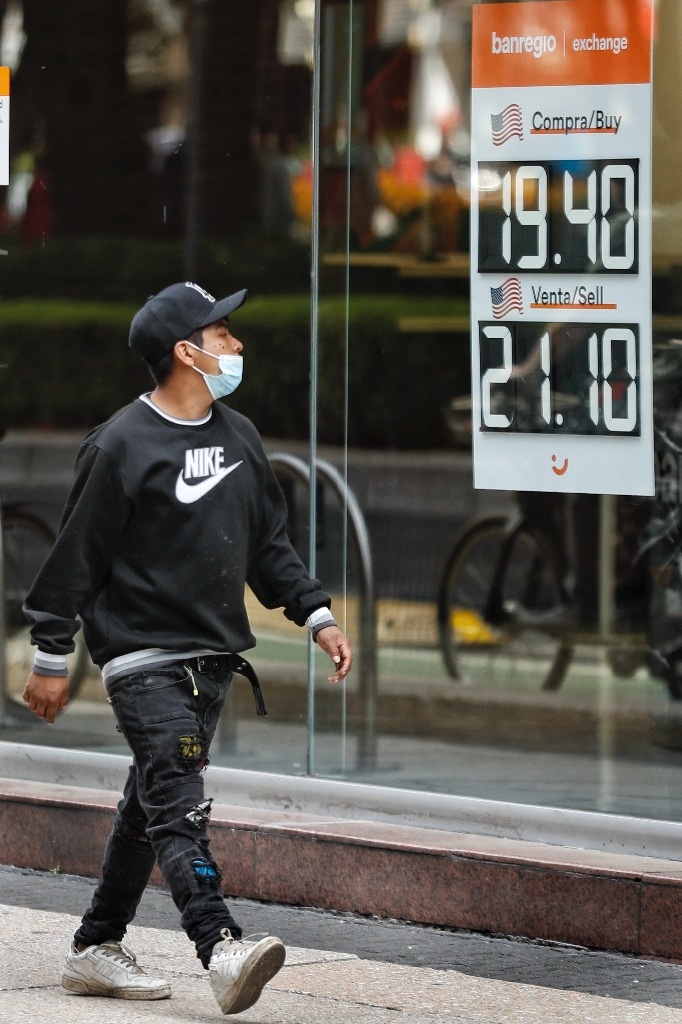The Mexican peso depreciates 1.40 percent against the US currency, to operate at around 20.5643 units per dollar.
Investors cool their appetite for risk. Since Monday afternoon, when Donald Trump, president-elect of the United States, announced that the first tariffs will be applied against China, Mexico and Canada, the Mexican currency accelerated its fall against the dollar, reaching around 20.70 pesos per dollar in the wholesale market. And although it moderated the losses against the dollar, at the start of the American markets, the national currency remains under pressure.
The United States trade offensive, from being just statements on a social network, to turning into reality one of its greatest promises during the electoral campaign, once it takes office, in January 2025, to begin establishing tariffs, China, Mexico and Canada, keeps financial markets on alert.
The exchange rate in Mexico had recovered levels of 20.27 pesos per spot dollar at yesterday’s close in the interbank market, but it erased its gains and accelerated its losses. The depreciation of the Mexican peso remains controlled, since the rate differential that exists between the United States and Mexico, of more than 5 percentage points, continues to maintain the attractiveness for investment in pesos, although some investors opt for caution.
The scope of the first tariffs announced by Donald Trump extends to the currency market. According to its DXY index, which measures its behavior against a basket of six international currencies, the dollar cut its correction, advancing and trading above 106.80 points; The euro cools its assault to the level of 1.05 dollars. The price of the British pound is stuck at the threshold of 1.25 dollars.
The more defensive profile that investors adopt in the face of the economic threat of tariffs favors purchases of fixed income. The price of bonds rises and the interest on debt falls. The required yield on the 10-year US bond cools to the edge of 4,283 percent.
The futures of the US stock indices operate mixed, the Dow Jones, after reaching record levels, takes a breather; while the S&P 500 and the Nasdaq operate higher, in a short week due to holidays in the United States.
Trump’s promises of tariffs and tax cuts help companies improve their profitability.
The economic impact of the tariffs and hopes for a ceasefire between Israel and Lebanon have been behind the behavior of the oil market. Today, the barrel of Brent is trying to stabilize above $73, with a gain of 0.98 percent this morning. In the United States, the West Texas type barrel remains below 70 dollars, at 69.71 dollars, although it advances 1.06 percent.
The price of gold is currently unable to take advantage of the resurgence of tariff alerts. Futures for the precious metal operate at $2,653.59 per ounce. The most pronounced correction is occurring in bitcoin. After approaching the $100,000 barrier, it suffers its biggest drop since Trump’s victory and falls back to $92,000.
#Tariff #threats #cool #risk #appetite
–


